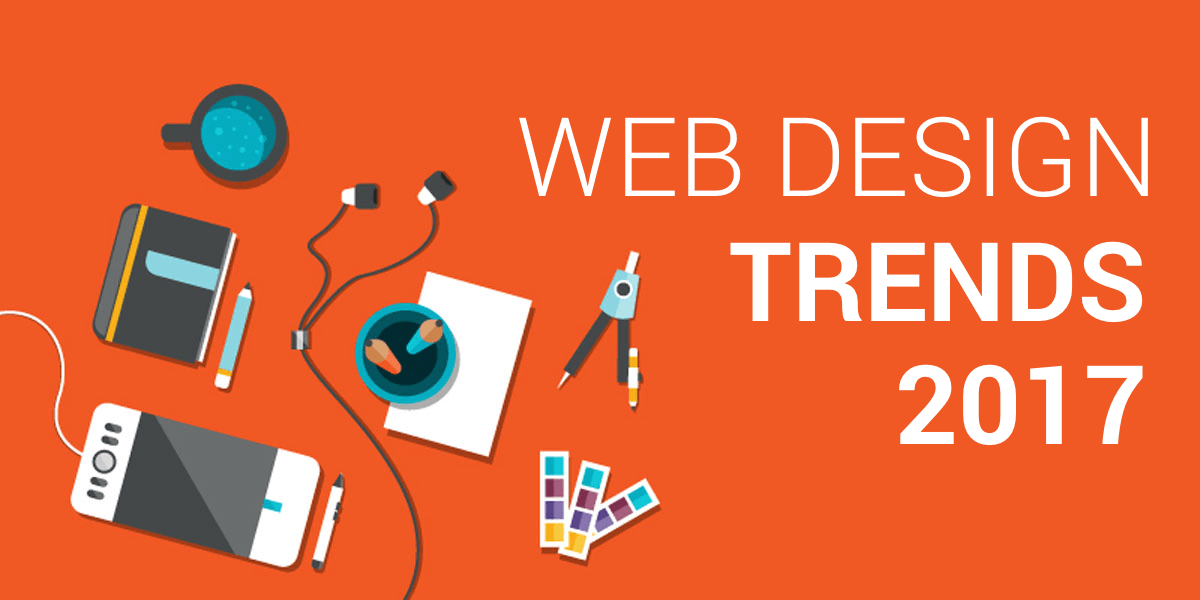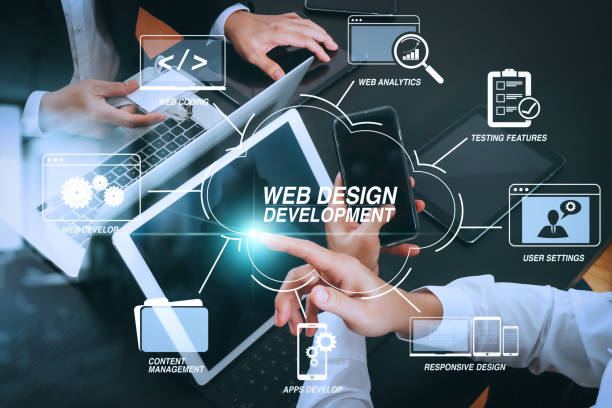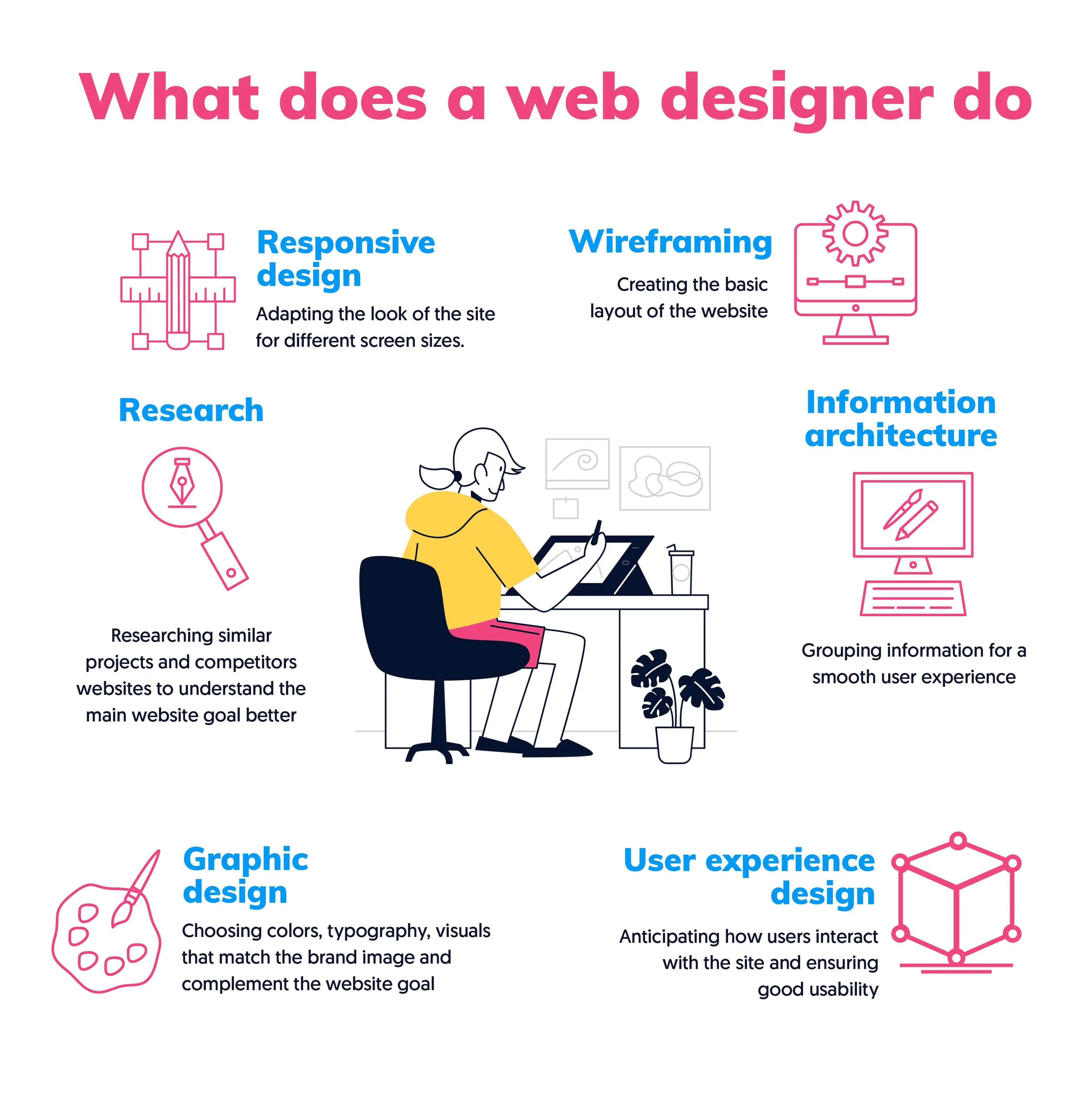Aligned Position Web Design: Delivering High-Quality, User-Friendly Web Designs for Every Industry
Aligned Position Web Design: Delivering High-Quality, User-Friendly Web Designs for Every Industry
Blog Article
The Best Kinds Of Website Design to Enhance User Experience and Interaction
In the ever-evolving landscape of digital interaction, the effectiveness of Web style dramatically influences individual experience and interaction. Various design techniques, such as minimalist, responsive, and interactive designs, each deal unique advantages that can cater to diverse individual demands. Comprehending which sorts of Web design best serve these objectives can be essential for organizations intending to boost client complete satisfaction and retention. The question continues to be: which design aspects truly resonate with individuals and foster significant engagement? The exploration of these concepts reveals critical understandings that may redefine your method to Web design.
Minimalist Web Style
As electronic landscapes become progressively chaotic, minimalist website design has become an effective technique to improving customer experience. This layout approach focuses on simpleness, concentrating on necessary components while getting rid of unnecessary interruptions. By utilizing sufficient white area, simple navigating, and a restricted color combination, minimalist design fosters clearness and guides customer focus to vital web content.
The core principle of minimal website design is to produce a smooth communication for individuals. By minimizing cognitive tons, customers can swiftly understand information without really feeling bewildered. This direct approach not just boosts usability but also motivates engagement, as visitors are more most likely to discover a website that is aesthetically attractive and very easy to navigate.
Additionally, minimal style frequently highlights typography and imagery, utilizing these elements tactically to convey messages properly. In significance, minimalist Web style is not simply a trend; it is a thoughtful approach that identifies the importance of user-centered design.
Responsive Website Design
In today's diverse electronic atmosphere, responsive website design has come to be essential for producing a smooth user experience throughout a multitude of tools. As individuals accessibility web sites on smartphones, tablets, desktop computers, and laptop computers, the ability of a website to adapt its layout and web content to different display sizes and resolutions is important.
Receptive website design employs adaptable grids, pictures, and CSS media questions to make sure that Web content is offered ideally, regardless of the tool utilized. This approach not only improves the visual appeal of a site however likewise significantly boosts functionality. Users are most likely to involve with a site that uses a regular experience, as it removes the irritation of having to focus or scroll exceedingly.
Furthermore, internet search engine, consisting of Google, prioritize mobile-friendly internet sites in search rankings. By taking on responsive design, companies can improve their exposure and reach a broader audience. This approach additionally simplifies web site upkeep, as a single variation of the website can accommodate all tools, minimizing the demand for multiple variations. In summary, receptive website design is a fundamental method that improves customer experience, engagement, and general complete satisfaction.
Interactive Web Design
Responsive website design lays the foundation for improving customer experience, however interactive website design takes this an action further by involving users in an extra vibrant method - Aligned Position Web Design. By including aspects such as animations, clickable prototypes, and real-time feedback, interactive Web design captivates users, drawing them my response into a richer browsing experience
This approach not just promotes involvement but also motivates individuals to explore content proactively rather than passively eating it. Strategies such as gamification, where individuals gain rewards for completing tasks, can considerably improve websites the time invested on a site and boost overall complete satisfaction. Interactive features can streamline complex info, making it extra digestible and enjoyable.

Including interactive style elements can additionally lead to higher conversion rates, as individuals are a lot more most likely to engage with a site that actively entails them. Aligned Position Web Design. Ultimately, interactive website design changes individual experiences into remarkable trips, making sure that visitors return time after time
Apartment Style
Identified by its minimalistic strategy, level design highlights simpleness and capability, stripping away unnecessary elements and concentrating on important attributes. This design approach prioritizes functionality, guaranteeing that customers can browse interfaces easily and performance. By utilizing a tidy aesthetic, level design eliminates the mess often found in a lot more luxuriant styles, therefore improving user concentrate on content and functionality.
The characteristic of level layout exists in its use of vibrant colors, easy typography, and geometric shapes. These aspects add to an aesthetically appealing user interface that is both friendly and contemporary. Furthermore, level layout cultivates a feeling of clearness, enabling individuals to recognize essential actions and info without diversion.
Moreover, level style is specifically reliable in responsive Web layout, as its simplicity translates well throughout numerous devices and display dimensions. By concentrating on crucial functions, level design not only satisfies user needs yet also urges seamless interaction, making it a crucial component of efficient Web style methods.
Adaptive Website Design
Adaptive website design customizes the user experience by producing numerous fixed layouts customized to different screen sizes and best site devices. Unlike responsive design, which fluidly adjusts a solitary design, flexible design uses distinctive formats for specific breakpoints, guaranteeing optimum presentation on various platforms. This approach allows developers to concentrate on the one-of-a-kind characteristics of each tool, boosting use by supplying exactly what individuals require based upon their context.
Among the main advantages of adaptive website design is its ability to optimize load times and efficiency. By offering tailored content and pictures that fit the individual's device, websites can minimize information usage and improve loading speeds. This is particularly advantageous for users with slower links or restricted data strategies.

Additionally, flexible design assists in a more consistent and regulated branding experience. Since designers produce multiple layouts, they can make sure that the aesthetic elements line up with the brand name's identity across different systems - Aligned Position Web Design. This causes a cohesive individual experience, improving involvement and promoting user retention
Final Thought
In conclusion, the combination of minimalist, responsive, and interactive Web layout principles considerably boosts user experience and interaction. Minimalist layout cultivates quality and focus, while responsive style guarantees flexibility throughout numerous devices, advertising access. Interactive style mesmerizes customers with vibrant elements, motivating exploration and customization. Jointly, these style comes close to add to the development of user-friendly atmospheres that not just enhance fulfillment yet likewise drive greater conversion rates, emphasizing their crucial value in contemporary website design methods.

Minimalist design promotes clearness and emphasis, while responsive style ensures adaptability across numerous gadgets, advertising availability. Collectively, these design approaches contribute to the production of easy to use settings that not just enhance fulfillment yet likewise drive higher conversion rates, emphasizing their essential importance in modern Web style approaches.
Report this page